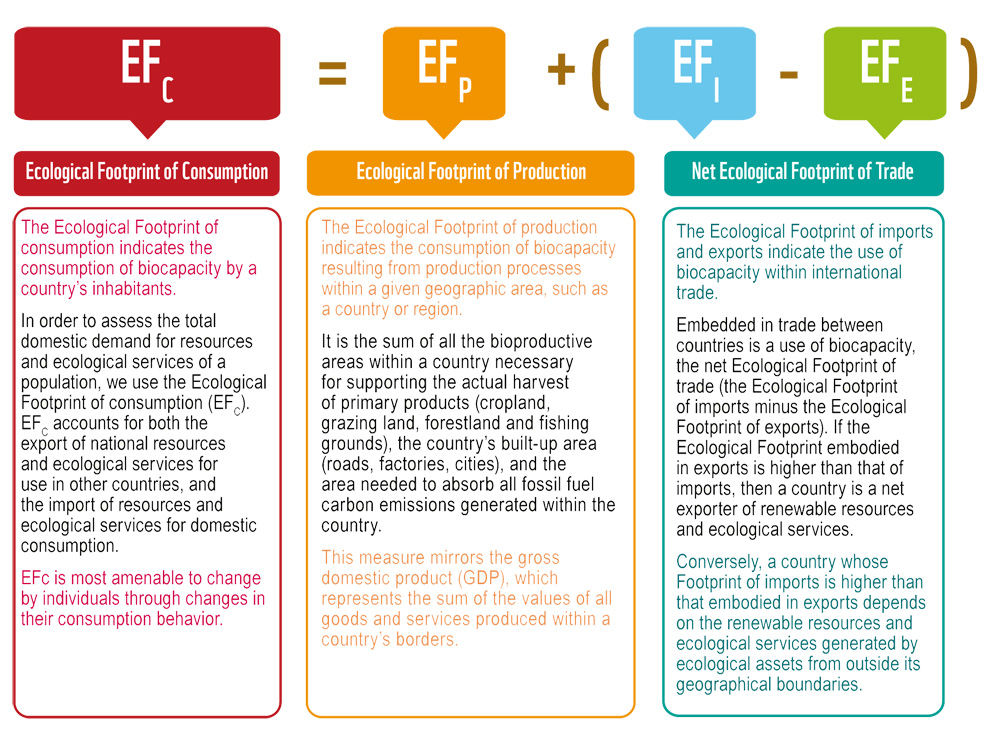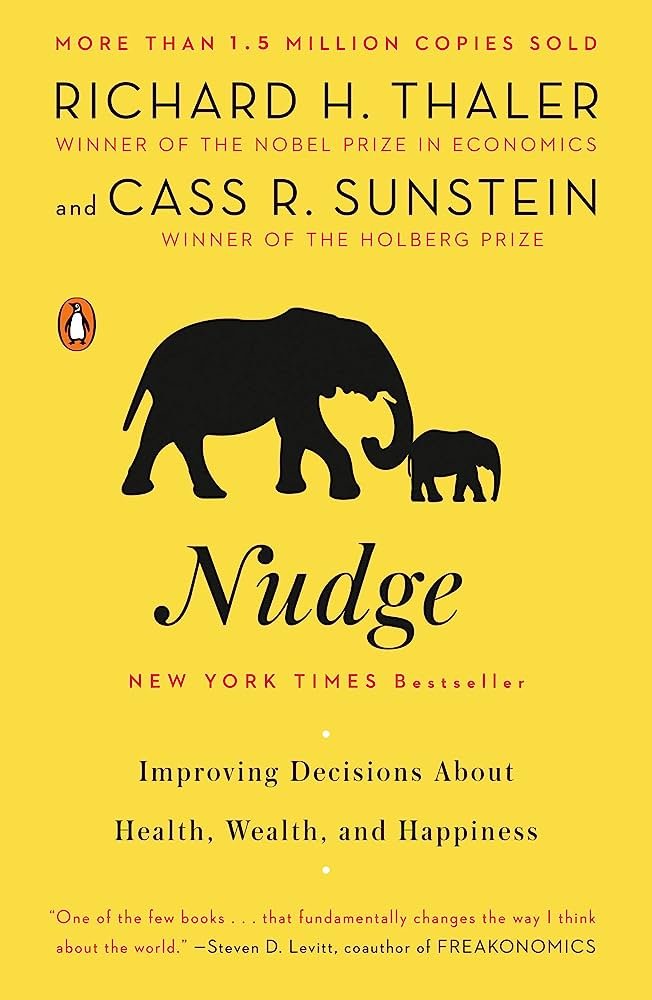Motivating Green Behavior
The global challenges of climate change, biodiversity loss, and resource depletion have put the sustainability of our planet at risk. As a result, it is crucial to adopt and promote green behaviors at both individual and societal levels. Motivating individuals to engage in green behaviour involves a deep understanding of psychological and social mechanisms. Among the most effective approaches are ecological footprint feedback, emotion contagion, and persuasion. These strategies work together to influence behavior, foster environmental stewardship, and promote sustainable living.
Ecological Footprint Feedback
The ecological footprint is a measure of human demand on the Earth’s ecosystems. It is expressed in terms of the biologically productive land and water area required to sustain an individual’s or a population’s resource consumption and waste production (Wackernagel & Rees, 1996). Ecological footprint feedback provides individuals with personalized insights into their environmental impact, making the abstract concept of sustainability more tangible and accessible.

Ecological Footprint (Global Footprint Network)
By receiving specific feedback on their ecological footprint, individuals are empowered to make more informed choices that reduce their environmental impact. Personalized ecological footprint feedback offers clear, actionable steps, such as reducing energy consumption, choosing sustainable products, or minimizing waste. This approach fosters self-awareness, accountability, and the motivation to adopt greener practices.
Ecological Footprint Feedback Motivates Green Behavior
Research indicates that feedback on ecological footprints can serve as a powerful tool for motivating behavior change. According to a study by Fritsche et al. (2018), when individuals were given feedback on their ecological footprint, they were more likely to engage in pro-environmental behavior such as reducing energy usage or increasing recycling efforts. The feedback not only made the concept of sustainability more concrete but also provided individuals with clear metrics for tracking their progress toward environmental goals.
One of the key features of ecological footprint feedback is its ability to highlight areas of potential improvement. For example, an individual might learn that their energy consumption is high relative to the average in their community. This feedback can be paired with suggestions for reducing energy use, such as switching to energy-efficient appliances, installing better insulation, or reducing electricity consumption during peak hours. Over time, as individuals receive feedback on their progress, they can track improvements in their ecological footprint, reinforcing positive behavior change.
Real-World Examples of Ecological Footprint Feedback
- Smart Meters and Energy Consumption- Many countries have implemented smart meters that provide real-time data on household energy consumption. This technology enables individuals to see how their energy usage compares to others in the community. For example, in the UK, households with smart meters were found to reduce their energy consumption by an average of 10% (Darby, 2010). By offering direct feedback on energy use, individuals are more likely to adjust their behavior to reduce their ecological footprint.
- Water Usage Feedback- During drought conditions, cities like California have used feedback tools to encourage water conservation. Utility companies have sent households comparative reports showing how their water use stacks up against the average in their neighborhood. Households that used less water were praised, while high users received tips on reducing consumption (Ferraro & Price, 2013). This feedback-driven approach created a competitive but constructive atmosphere for residents to reduce their ecological footprint.
- Educational Tools and Calculators- The Global Footprint Network provides an online ecological footprint calculator that allows individuals to assess their resource use and receive tailored advice on reducing their environmental impact. These tools have been used in educational settings, inspiring students to reduce their personal footprints through small, sustainable changes such as using less plastic or adopting more sustainable eating habits.
Read More- What is Sustainability?
Emotion Contagion
Emotion contagion refers to the process by which emotions are transferred from one person to another, typically without conscious awareness. It occurs when individuals mimic the emotional expressions of others, leading them to experience similar feelings (Hatfield, Cacioppo, & Rapson, 1994). In the context of environmental behavior, emotion contagion can play a pivotal role in motivating green actions. Positive emotions associated with environmental stewardship—such as joy, pride, and hope—can spread within social groups, creating a collective commitment to sustainability.
Emotion Contagion Motivates Green Behavior
Emotion contagion can influence individuals’ attitudes and behaviors by tapping into their emotional responses to environmental issues. When individuals see others expressing positive emotions about green behaviors, they are more likely to emulate these actions. For example, when individuals witness their friends or family members experiencing joy after participating in a community tree planting event, they may feel compelled to join future events due to the emotional rewards of doing so.

Ads Employing Emotional Contingion
The emotional contagion process is especially effective in group settings, where social bonds and shared experiences amplify emotional responses. Research by Berger and Milkman (2012) found that emotionally charged content is more likely to be shared within social networks, creating a viral effect that motivates others to act. In the case of environmental campaigns, this viral sharing of positive emotions can lead to a broader societal shift toward sustainable behaviors.
Real-World Examples of Emotion Contagion
- The Chipko Movement- The Chipko Movement in India, which began in the 1970s, provides a powerful example of emotion contagion in environmental activism. Women in the Uttarakhand region, driven by their deep connection to the forests, physically embraced trees to prevent their felling by loggers. This act of non-violent protest became an emotional rallying point for communities across India. The shared emotional commitment to environmental protection spread quickly, inspiring other communities to take similar actions. The emotional contagion of the Chipko Movement catalyzed a broader environmental consciousness that spread globally (Shiva, 1989).
- Greta Thunberg and the Global Climate Strikes- Swedish environmental activist Greta Thunberg has demonstrated the power of emotion contagion on a global scale. Thunberg’s impassioned speeches and her solitary strike for climate action in 2018 sparked a wave of youth-led climate strikes under the banner of “Fridays for Future.” Her emotional commitment to combating climate change resonated with millions of young people worldwide, leading to widespread participation in climate protests and advocacy for stronger environmental policies.
- Social Media Campaigns for Conservation- Social media platforms have proven to be powerful tools for spreading both information and emotions. Campaigns such as the World Wildlife Fund’s #EndangeredEmoji, which encouraged users to share endangered animal emojis on social media, capitalized on the emotional appeal of saving vulnerable species. The emotional contagion that followed helped raise awareness and inspire action toward wildlife conservation efforts, with users motivated to donate or advocate for policy changes.
Persuasion
Persuasion involves the process of convincing others to change their attitudes, beliefs, or behaviors. In the context of motivating green behavior, persuasive techniques draw on psychological principles that influence decision-making. Robert Cialdini’s (2001) six principles of persuasion—reciprocity, commitment, social proof, authority, liking, and scarcity—are often used in environmental campaigns to encourage sustainable actions. Persuasion works by appealing to individuals’ emotions, values, and social norms, making sustainable choices feel desirable, socially acceptable, and easy to adopt.
Persuasion Drives Green Behavior
Persuasive messages can be highly effective in motivating individuals to take action on environmental issues. The key to persuasive messaging is understanding the audience’s values and addressing their concerns in ways that resonate emotionally. A persuasive environmental message might highlight the long-term benefits of green behaviors, such as saving money, protecting future generations, or contributing to community well-being.
Social proof, one of Cialdini’s principles, plays a significant role in persuasive environmental campaigns. People are more likely to engage in green behavior when they see others doing the same. For example, if a neighborhood adopts a green initiative, such as reducing waste or increasing recycling efforts, the success of these efforts creates a social norm that others are more likely to follow. Similarly, messages from trusted authorities or role models, such as environmental scientists or community leaders, can increase the likelihood of behavioral change.
Real-World Examples of Persuasion
- Plastic Bag Bans- Many cities and countries have successfully implemented plastic bag bans through persuasive campaigns. By emphasizing the environmental damage caused by plastic waste, such campaigns appeal to individuals’ concerns about pollution and marine life. Additionally, offering reusable bags at a discount or as a free incentive helps encourage participation through reciprocity (Cialdini, 2001).
- Recycling Programs- Persuasive messages around recycling often emphasize the benefits to both the environment and the community. Cities like San Francisco have integrated persuasive messaging into their waste management programs, with signage that encourages residents to separate recyclables from trash. The message, “Help us protect the Earth—recycle,” appeals to individuals’ sense of civic duty and environmental responsibility.
- Nudging through Choice Architecture- Another persuasive technique involves “nudging,” which subtly influences individuals to make greener choices without restricting their freedom. For example, placing energy-efficient lightbulbs at the front of store shelves or making vegetarian meals the default option in cafeterias can nudge people toward more sustainable choices (Thaler & Sunstein, 2008).

Nudge Theory for Systemic Climate Change Action
Integrating Strategies for Greater Impact
While each of these strategies—ecological footprint feedback, emotion contagion, and persuasion—has proven effective in motivating green behavior, their combined use can amplify their impact. For example:
- Ecological Footprint Feedback + Emotion Contagion- Personalized feedback on ecological footprints, when paired with emotional stories of individuals who have successfully reduced their impact, can inspire others to take similar actions. By sharing both data and emotions, individuals are more likely to feel both empowered and motivated to adopt sustainable practices.
- Persuasion + Emotion Contagion- Campaigns that use persuasive messages alongside emotionally engaging content—such as success stories, visual imagery, or testimonials from environmental leaders—are more likely to spread and inspire action. Social media platforms can play a crucial role in amplifying these messages.
- Ecological Footprint Feedback + Persuasion- Providing feedback on ecological footprints along with persuasive nudges—such as making green choices more convenient or rewarding individuals for sustainable actions—can lead to significant reductions in resource consumption.

How to talk to people about climate action (EU)
Conclusion
Motivating green behavior is an essential part of addressing the environmental challenges facing our planet. By leveraging ecological footprint feedback, emotion contagion, and persuasion, we can drive sustainable changes in individual and collective behaviors. These strategies work in tandem to create a powerful force for environmental stewardship, promoting awareness, fostering emotional commitment, and providing the tools needed for lasting change. As we move toward a more sustainable future, integrating these strategies into environmental policies, campaigns, and educational programs will be crucial in ensuring a healthier planet for generations to come.
References
Berger, J., & Milkman, K. L. (2012). What makes online content viral? Journal of Marketing Research, 49(2), 192–205. https://doi.org/10.1509/jmr.10.0353
Cialdini, R. B. (2001). Influence: The psychology of persuasion. HarperCollins.
Darby, S. (2010). Smart metering: What potential for householder engagement? Building Research & Information, 38(5), 442–457. https://doi.org/10.1080/09613218.2010.492660
Ferraro, P. J., & Price, M. K. (2013). Using nonpecuniary strategies to influence behavior: Evidence from a large-scale field experiment. Review of Economics and Statistics, 95(1), 64–73. https://doi.org/10.1162/REST_a_00344
Hatfield, E., Cacioppo, J. T., & Rapson, R. L. (1994). Emotional contagion. Cambridge University Press.
Shiva, V. (1989). Staying alive: Women, ecology, and development. Zed Books.
Thaler, R. H., & Sunstein, C. R. (2008). Nudge: Improving decisions about health, wealth, and happiness. Yale University Press.
Wackernagel, M., & Rees, W. (1996). Our ecological footprint: Reducing human impact on the Earth. New Society Publishers.
Dr. Balaji Niwlikar. (2025, January 1). Motivating Green Behaviour Through 3 Important Techniques. Careershodh. https://www.careershodh.com/motivating-green-behaviour/
